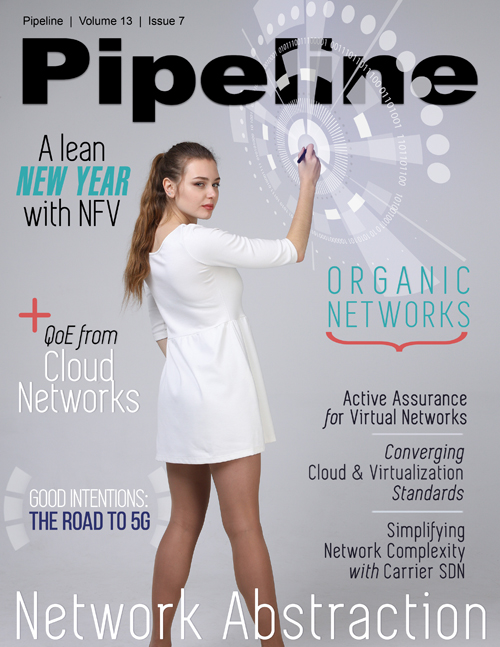A Lean New Year with NFV
A report by Technology Business Research released last month states that most Tier 1 telecom providers they surveyed anticipate their organizations will adopt NFV and SDN technologies within two years, with providers in the Americas showing the highest percentage of adoption within 2016 and 100% of surveyed APAC providers looking to adopt within the next two years, if they haven’t already.
Motivation? Weight Loss
As we enter a new year, I think lots of us have decided it’s a good time to shed a few pounds. I’ve certainly dusted off the old gym membership and have been eating lots of kale and sweet potatoes. And that’s at the heart of the virtualization push: the desire to run leaner with increased agility and less dependence on expensive hardware. And running lean in this context almost always means cost savings.
There’s been a fair amount of virtual ink spilled over the realities of cost reductions through virtualization, but I think it’s hard to deny that there is at least the capacity for lower costs through virtualization. An HPE white paper titled “The Reality of Cost Reduction” illustrates that even a small NFV deployment can reduce costs by about 18%. A larger deployment can reduce costs more like 24%. Even if software costs are higher, savings on hardware, installation, configuration, and power more than offset the additional software spend. One unnamed company mentioned in the paper estimates that it will save $66.4 million by virtualizing most of the functions of customer premise equipment and set top boxes.
But, of course, challenges remain.Standards
One has to do with coalescing on standards and frameworks for virtualization. We already discussed ECOMP and mentioned the Linux Foundation’s activity with that project. The Linux Foundation is simultaneously running OPEN-O, which seeks to develop standards-based orchestration to help operators make the most of NFV and SDN. VMWare just signed on to OPEN-O, as have a number of others. The member list includes several heavy hitters in the Chinese market—China Mobile, China Telecom, HKT, Huawei, ZTE—which may suggest a differing geographic concentration in the virtualization standards push.
But OPEN-O and ECOMP aren’t even the only initiatives at play. ETSI and IEEE have also been working on standards for NFV/SDN, as has TM Forum. Now, this isn’t the first time that an emerging technology had an environment of competing standards, but it is something to note as virtualization efforts continue.
MANO
And the standardization efforts underscore one of the chief concerns about virtualization, the challenge of orchestrating and managing heavily virtualized networks. Management and orchestration—better known as MANO—is the key area of ICE technology growth in the NFV space.
Companies playing in the NFV MANO space include NetCracker (noted as the sole leader in the space by a Current Analysis report), Cisco, HPE, Nokia (buoyed by the Alcatel and Nakina Systems acquisitions), Ericsson, Huawei, Oracle, Amdocs, ZTE, Gigaspaces, Juniper, and others.
MANO, as an umbrella, includes the NFV orchestrator (NFVO), virtualized network function managers (VNFM) and a virtualized infrastructure manager (VIM). The various solutions in this realm vary somewhat in how comprehensive they are, but all provide powerful tools to fold NFV into a carrier’s broader network landscape.
Looking ahead
NFV is in its early days yet, and there’s plenty of growth opportunity on the horizon, even after carrier virtualization is largely implemented. Jeff Reed at Cisco lists enterprise NFV as one of the top trends to watch for in 2017. So we’ll see if the virtualization trend will spill from CSPs into various other industries as the year wears on.


















